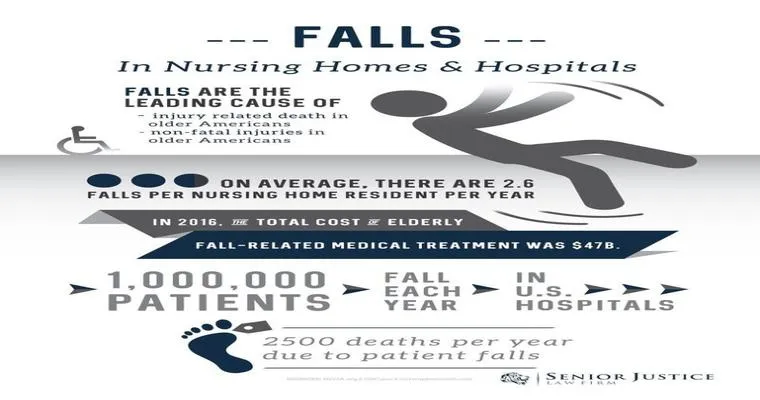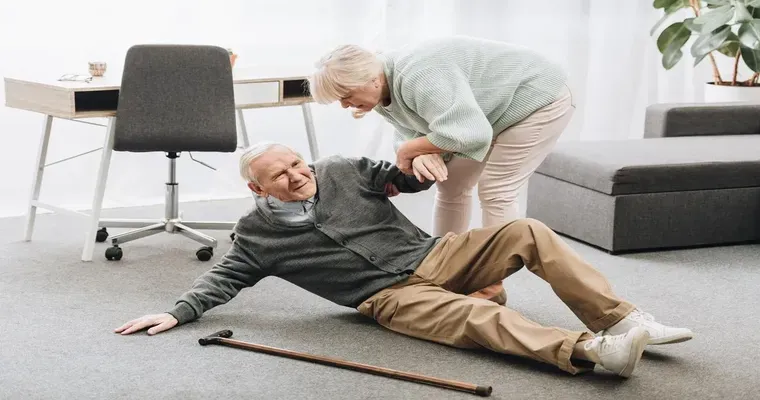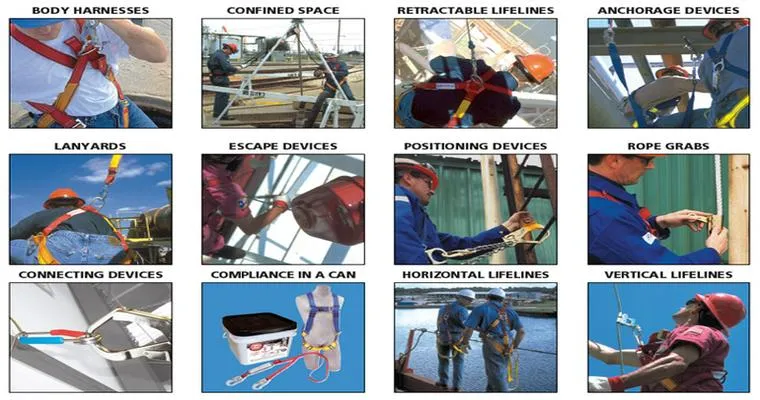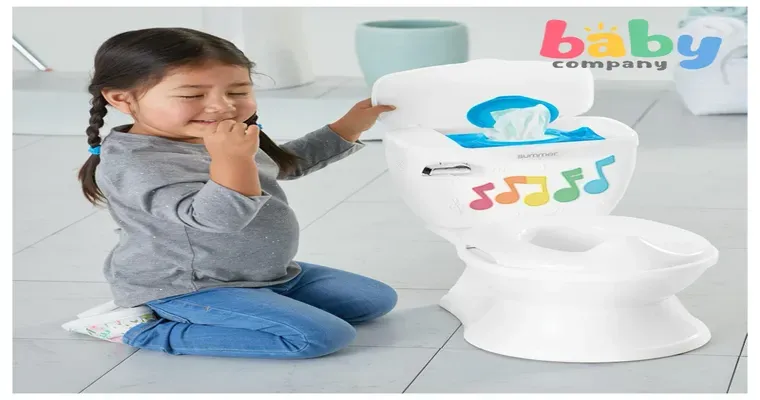When it comes to the safety of residents in skilled nursing facilities (SNFs), the absence of "bed alarms" can raise significant concerns, especially for individuals with conditions like "dementia". One such heartbreaking case involves a mother who suffered a severe injury, breaking her ankle and leg in three places, leaving her currently "non-weightbearing". This incident highlights the urgent need for effective "safety measures" that can be implemented at night to protect vulnerable patients.
Understanding the risk factors associated with dementia is crucial. Patients with this condition often experience confusion, disorientation, and mobility issues, increasing the likelihood of falls and injuries. Given that the SNF in question does not utilize bed alarms, alternative strategies must be considered to enhance nighttime safety.
Here are several safety measures that can be taken to reduce the risk of injury for residents like your mother:
1. "Regular Assessments and Monitoring": Conduct frequent assessments of residents to determine their mobility levels and potential fall risks. Staff should be trained to recognize the signs of confusion or restlessness that might indicate a resident is attempting to get out of bed.
2. "Nighttime Rounding": Implement a routine where staff members perform regular rounds throughout the night. This proactive approach allows caregivers to check on residents, ensuring they are comfortable and preventing them from attempting to get out of bed alone.
3. "Environment Modifications": Create a safer environment by removing obstacles that could lead to falls. Ensure that pathways are clear, and consider using non-slip mats and appropriate lighting to guide residents safely.
4. "Bed Positioning": Adjust the bed height and position to make it easier for residents to get in and out of bed safely. Consider using low beds that allow residents to exit safely without a significant drop.
5. "Assistive Devices": Depending on the individual’s condition, consider providing assistive devices, such as bed rails or mobility aids, to help residents safely navigate their surroundings.
6. "Personalized Care Plans": Develop individualized care plans that address specific needs and risks associated with each resident. This may include tailored interventions and precautions based on their level of mobility and cognitive function.
7. "Education for Staff": Provide ongoing training for staff on dementia care and fall prevention strategies. Educating caregivers on the unique challenges faced by residents with dementia can lead to better decision-making and improved safety protocols.
8. "Family Involvement": Engage family members in discussions about safety measures. They can provide valuable insights into their loved ones’ habits and preferences, which can inform care plans.
9. "Emergency Response Protocols": Establish clear protocols for responding to emergencies, including falls. Staff should be trained on how to assist residents promptly and effectively, minimizing the risk of further injury.
10. "Review and Adapt Policies": Regularly review the SNF’s safety policies and practices. An open dialogue about potential risks and safety measures can lead to improvements that ensure residents’ well-being.
In conclusion, while the absence of "bed alarms" in a skilled nursing facility can be concerning, there are numerous effective "safety measures" that can be implemented to protect residents, especially those with "dementia". By focusing on proactive strategies such as regular monitoring, environmental modifications, and personalized care plans, we can help prevent tragic incidents like the one experienced by your mother. Ensuring the safety and dignity of all residents should be the top priority in any care setting.





